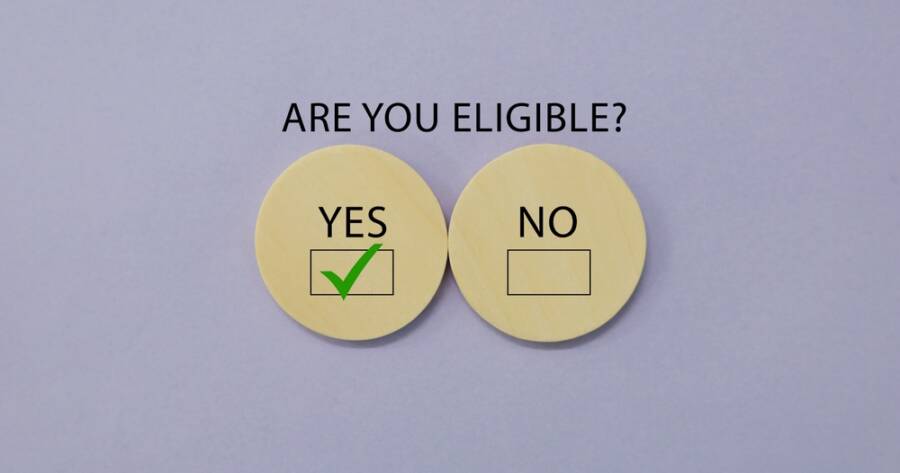Social Security Disability Insurance (SSDI) helps people who can’t work because of serious health problems. This program provides financial support to workers who have paid into Social Security but can no longer earn a living due to a disability. However, not everyone qualifies. To receive benefits, applicants must meet strict medical and work history requirements. Find out who is eligible, how the process works, and what to expect when applying.
Basic Requirements for SSDI Eligibility
To qualify for SSDI, applicants must meet two main requirements: medical and work history.
Medical Eligibility
A person must have a severe disability that prevents them from working. The condition must last at least 12 months or be expected to result in death. The Social Security Administration (SSA) has a list of conditions that often qualify, but even those not listed may be eligible if severe enough.
Work History Requirement
SSDI is for people who have worked and paid Social Security taxes. To qualify, applicants must have enough work credits. Credits are earned based on income, with a maximum of four per year. Most people need 40 credits, with 20 earned in the last 10 years, but younger workers may qualify with fewer credits.
Medical Conditions That Qualify
The SSA has a guide called the Blue Book, which lists disabilities that qualify for SSDI. Some common conditions include:
- Neurological disorders: Multiple sclerosis, Parkinson’s disease, epilepsy
- Mental health conditions: Schizophrenia, depression, bipolar disorder
- Musculoskeletal disorders: Severe back injuries, arthritis, amputations
- Cardiovascular conditions: Heart failure, chronic heart disease
- Cancer: Some advanced-stage cancers qualify automatically
Even if a condition is not listed, an applicant can still qualify if they prove their disability prevents them from working. Medical records, doctor statements, and test results help show the severity of the condition.
The Application Process
Applying for SSDI can take several months. The process involves:
- Filing an application: Applicants can apply online, by phone, or in person at a Social Security office. They need medical records, work history details, and personal identification.
- Review by SSA: The SSA reviews the case to check if the applicant meets work and medical requirements.
- Decision by Disability Determination Services (DDS): This agency reviews medical evidence and decides if the applicant is disabled.
- Approval or denial: Many applications are denied at first, but applicants can appeal if they disagree with the decision.
What to Do If Your Application Is Denied
Over half of SSDI applications are denied on the first try. However, there is an appeals process:
- Request for reconsideration: The applicant can ask the SSA to review the case again.
- Hearing before a judge: If denied again, a judge can hear the case and review new evidence.
- Appeals council review: If the judge denies the claim, the case can go to an appeals council.
- Federal court: As a last option, an applicant can take the case to federal court.
Hiring a disability lawyer can help during the appeal process, as they understand the legal steps and can present strong evidence.
Understanding Your SSDI Rights
SSDI provides critical financial help to those who can’t work due to severe disabilities. However, meeting the strict eligibility rules can be challenging.
Understanding the medical and work history requirements, knowing how to apply, and being prepared for possible appeals increases the chances of approval. If denied, don’t give up—many applicants receive benefits after an appeal. If you believe you qualify, take the first step and apply as soon as possible.
